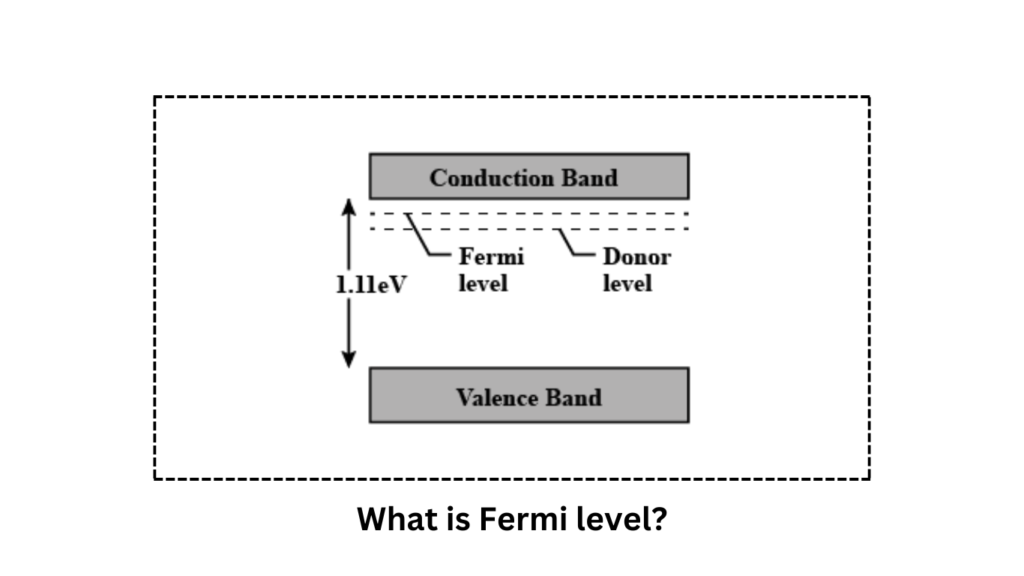Fermi level
Let me explain the concept of the Fermi level in a way that feels more conversational and human.
When we talk about the Fermi level in materials like silicon, we’re essentially referring to the energy level at which the probability of finding an electron is 50%. Imagine it as a marker that helps us understand how electrons are distributed within a material. If you’re dealing with pure or “intrinsic” silicon, the Fermi level sits right in the middle of the energy gap between the conduction band (where electrons can move freely) and the valence band (where electrons are bound to atoms).

How does the Fermi level shift in n-type and p-type silicon?
The position of the Fermi level in silicon depends on whether it’s n-type or p-type, and several factors affect this position.
I find it interesting that in n-type silicon, the Fermi level moves closer to the conduction band. This happens because the addition of donor impurities increases the electron density. When I look at p-type silicon, the situation is different. Here, the Fermi level shifts toward the valence band due to the increased hole density from acceptor impurities.
We need to consider that the exact position of the Fermi level isn’t just about whether the material is n-type or p-type. It also depends on the concentration of dopants and their ionization energy. For instance, in n-type silicon, the number of ionized donor atoms plays a significant role. The relationship between the electron density and the dopant concentration can be described using specific equations that help us find the Fermi level.
You should also know that temperature affects the Fermi level. As temperature increases, the Fermi level tends to move closer to the intrinsic value near the midgap. At high temperatures, all donors or acceptors are usually ionized, meaning the carrier concentration matches the doping concentration. But at lower temperatures, not all impurity atoms get ionized, leading to a lower carrier concentration. In such cases, finding the exact position of the Fermi level might require solving equations numerically.
In summary, the Fermi level’s position in silicon is influenced by the type of doping, the concentration of impurities, and the temperature. Understanding these factors is crucial for designing and analyzing semiconductor devices.